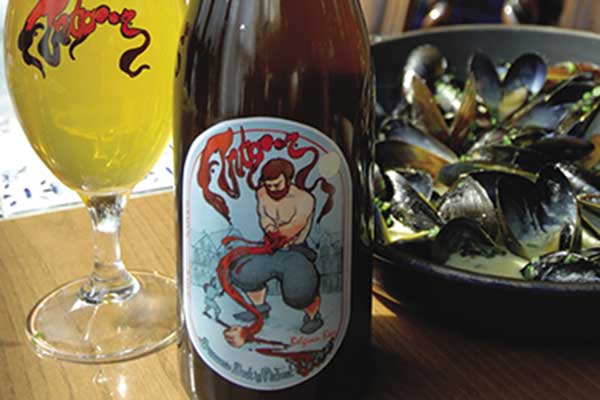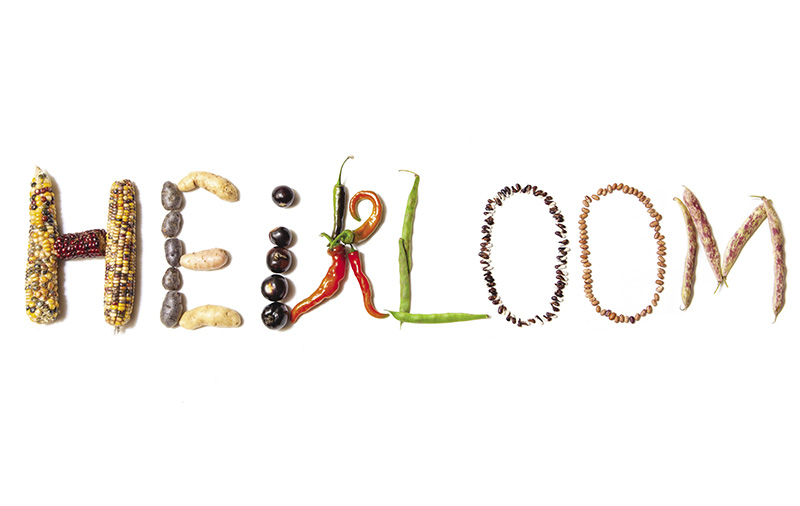Wonder Food of the Sea
“If you got stuck eating only one thing, mussels would be the best you could eat. They are low in calories and fat composition and high in protein, essential minerals, and omega-3. And they taste a lot better when it’s all still stored up inside of them”—Ian Jefferds, General Manager of Penn Cove Shellfish
Mussels are pretty simple animals. As bivalve filter eaters, they move a lot of algae through their systems, pumping and filtering the water as they feed. Ian Jefferds’s mussel farm is located in Whidbey Island’s Penn Cove, which captures all the nutrient-rich snowmelt from the Cascade Mountains along with the fresh mountain-river waters from the Skagit and the Stillaguamish. Here, the mussels grow quickly because of abundant plankton.
“Mussels live on a diet that mirrors the nutritional benefits of spirulina products you find based on dried algae,” explains Jefferds. “That means they store up a lot of the essential minerals that are out there—zinc, magnesium, manganese, iron, and calcium, as well as sugars and lipids that keep them healthy and growing. It’s important for us to get them on the plate as quickly as possible because once they come out of the water and are put in storage, they have to live off what is stored up inside of them. If they are kept for too long, that takes away from the overall taste experience.”
Chef Wiedmaier was impressed by the Penn Cove operation, where the mussels are harvested early in the morning and then carefully washed, sorted, bagged and tagged, and plunged into a saltwater ice slurry to cool them for shipping before they head to the refrigerated warehouse. There, they are packed up with consistent temperature monitoring, then sent to his restaurants by commercial air freight, all within 24 hours. Along with a fresh product, Penn Cove Shellfish strive to deliver the most information they can about their operation firsthand to chefs and individual consumers alike. “We feel the same way Chef Wiedmaier does: the more people know about a product, the more they will enjoy it,” says Jefferds, who regularly hosts chefs at the facilities and maintains a comprehensive website.
All the same things that make a wine great and unique can be said for shellfish. “The terroir, or ‘merrior,’ of the bays they come out of and the manner in which they are grown—these factors lend to the mussels’ flavor and appearance. If someone is aware of all this and can speak knowledgeably about it, it will excite the customer, who can develop a passion for that particular product.”
Buying, Storing , and Eating Mussels
Penn Cove Shellfish General Manager Ian Jefferds gives us basic advice on approaching a bowlful of edible bivalves to ensure a pleasant experience.
“Use your nose and your eyes when picking mussels, or any other shellfish. Look for ones that are closed up. If they are open, squeeze them: if
they attempt to close, they are still alive; if not, do not use them. Find some that are fresher!” “Always keep your shellfish in the fridge at 35°F
to 40°F. The low temperature slows down their metabolism and keeps mussels tasting fresher longer. Place the mussels in a self-draining
container with ice. Mussels will drown if left in melted ice or stagnant water.” “If they are in a plastic bag when you buy them, open the bag or make sure there are holes to allow the shellfish to breathe. You want them to stay alive.”
Mussels Come with Their Own Utensils
For mussels steamed in a light broth: “Here, I typically use my fingers. Pick up a mussel, tear off half a shell, and use the shell to scoop out the mussel meat along with some broth, as if it were a spoon.”
For mussels in a creamy broth: “In this case, I either use the little fork that typically comes with the dish or I take a shell that has both sides still together and use it as a pair of tongs to pick up and dip the mussel meat into the broth.”




